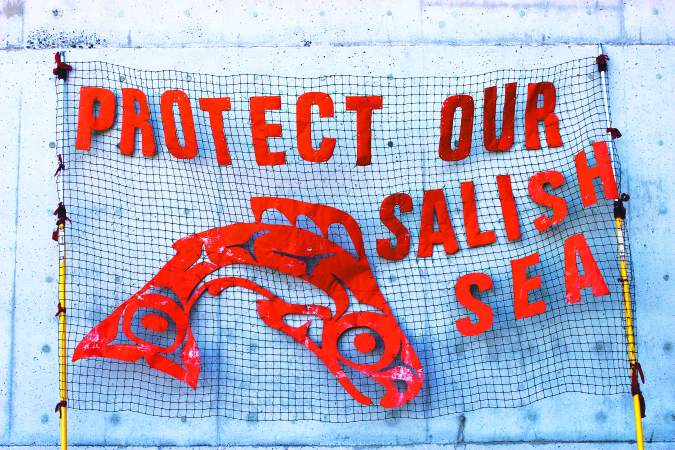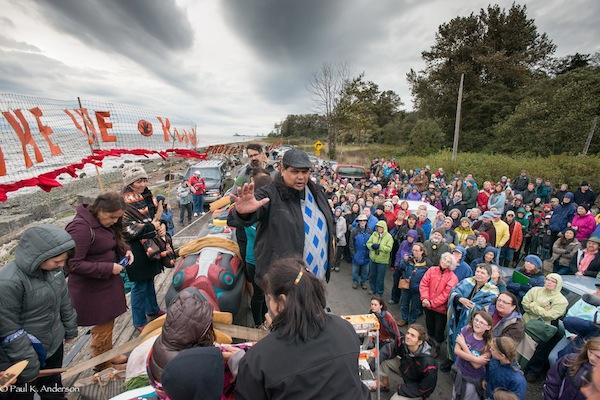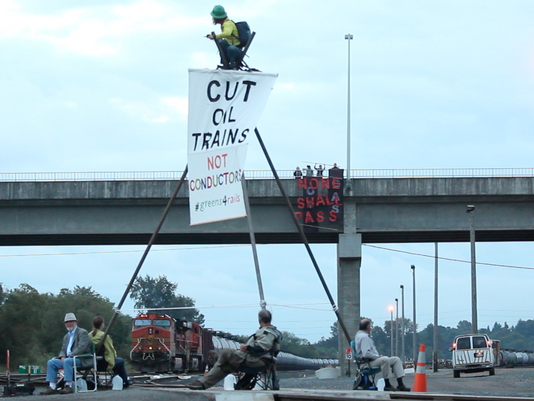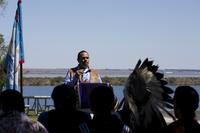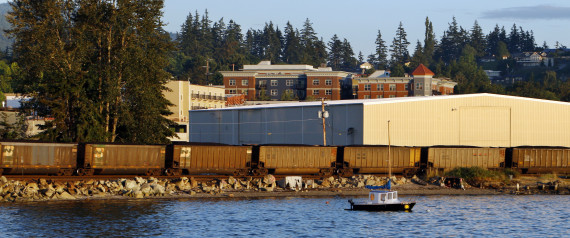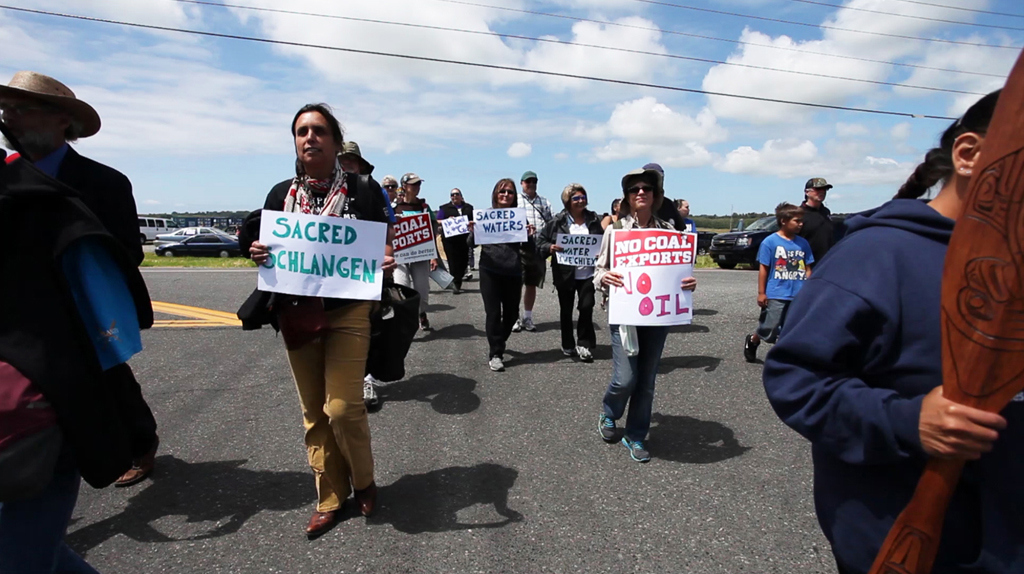‘The time to answer the greatest challenge of our existence on this planet is now. You can make history or be vilified by it’

Source: The Guardian
Thank you, Mr Secretary General, your excellencies, ladies and gentleman, and distinguished guests. I’m honored to be here today, I stand before you not as an expert but as a concerned citizen, one of the 400,000 people who marched in the streets of New York on Sunday, and the billions of others around the world who want to solve our climate crisis.
As an actor I pretend for a living. I play fictitious characters often solving fictitious problems.
I believe humankind has looked at climate change in that same way: as if it were a fiction, happening to someone else’s planet, as if pretending that climate change wasn’t real would somehow make it go away.
But I think we know better than that. Every week, we’re seeing new and undeniable climate events, evidence that accelerated climate change is here now. We know that droughts are intensifying, our oceans are warming and acidifying, with methane plumes rising up from beneath the ocean floor. We are seeing extreme weather events, increased temperatures, and the West Antarctic and Greenland ice-sheets melting at unprecedented rates, decades ahead of scientific projections.
None of this is rhetoric, and none of it is hysteria. It is fact. The scientific community knows it, Industry and governments know it, even the United States military knows it. The chief of the US navy’s Pacific command, admiral Samuel Locklear, recently said that climate change is our single greatest security threat.
My Friends, this body – perhaps more than any other gathering in human history – now faces that difficult task. You can make history … or be vilified by it.
To be clear, this is not about just telling people to change their light bulbs or to buy a hybrid car. This disaster has grown BEYOND the choices that individuals make. This is now about our industries, and governments around the world taking decisive, large-scale action.
I am not a scientist, but I don’t need to be. Because the world’s scientific community has spoken, and they have given us our prognosis, if we do not act together, we will surely perish.
Now is our moment for action.
We need to put a pricetag on carbon emissions, and eliminate government subsidies for coal, gas, and oil companies. We need to end the free ride that industrial polluters have been given in the name of a free-market economy, they don’t deserve our tax dollars, they deserve our scrutiny. For the economy itself will die if our ecosystems collapse.
The good news is that renewable energy is not only achievable but good economic policy. New research shows that by 2050 clean, renewable energy could supply 100% of the world’s energy needs using existing technologies, and it would create millions of jobs.
This is not a partisan debate; it is a human one. Clean air and water, and a livable climate are inalienable human rights. And solving this crisis is not a question of politics. It is our moral obligation – if, admittedly, a daunting one.
We only get one planet. Humankind must become accountable on a massive scale for the wanton destruction of our collective home. Protecting our future on this planet depends on the conscious evolution of our species.
This is the most urgent of times, and the most urgent of messages.
Honoured delegates, leaders of the world, I pretend for a living. But you do not. The people made their voices heard on Sunday around the world and the momentum will not stop. And now it’s YOUR turn, the time to answer the greatest challenge of our existence on this planet … is now.
I beg you to face it with courage. And honesty. Thank you.





